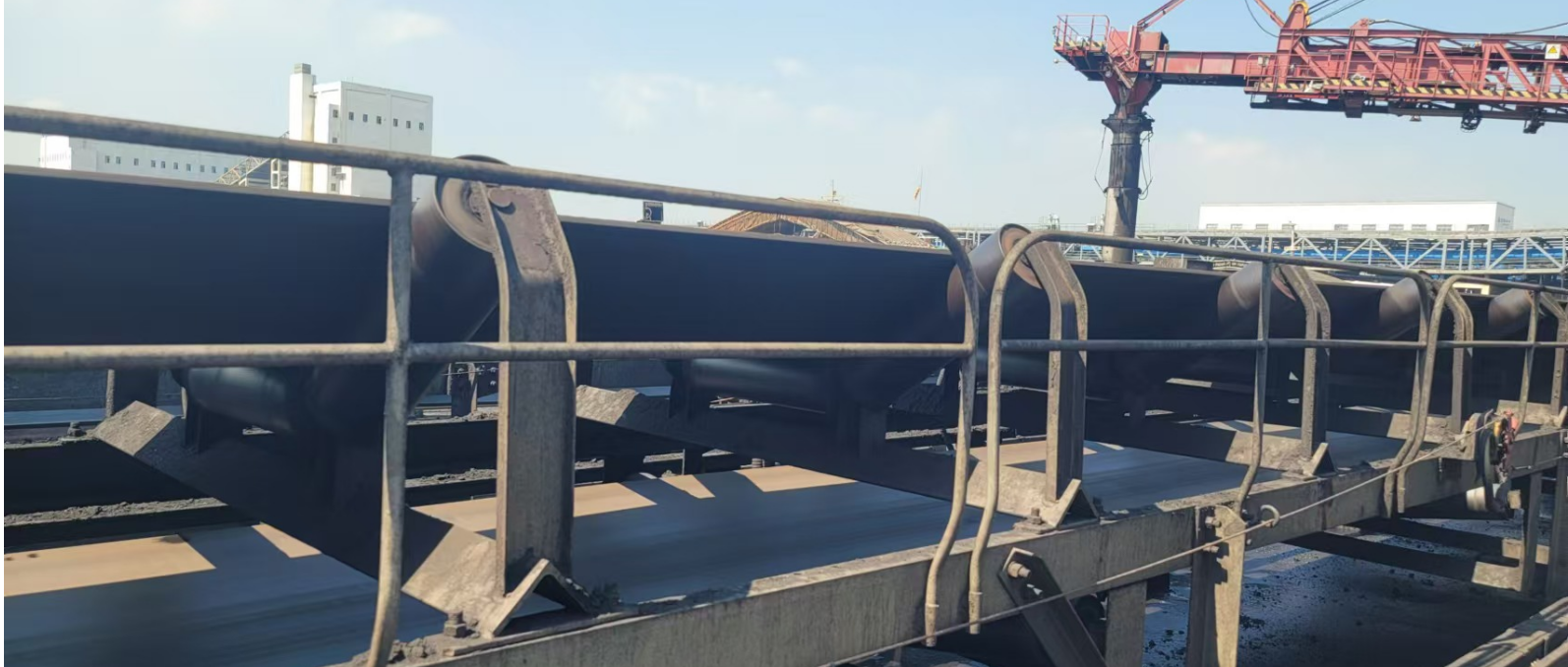Material conveyor belt - tear monitoring
The system uses advanced technical means to realize real-time monitoring of the belt status of the transport aircraft 24/7. Once abnormal conditions such as belt tearing are found, an alarm will be triggered immediately, and the signal will be synchronized to the transport aircraft to stop running, thus avoiding greater losses

Running state data collection
Adopt 3D lidar and line scanning laser + vision equipment for real-time monitoring, and accurately collect belt operation data

Data analytics
According to the data collected from lidar and line-scanning laser, data analytics and feature extraction are carried out on the running states of belt movement, no-load, offset, overflow, tear, blockage, and stacking

decision-making basis
Based on the extracted features, it is compared and analyzed with the preset normal operation model and fault characteristic model. With the help of machine learning and artificial intelligence algorithms, it is possible to determine whether the current operating state of the belt conveyor is normal. Once abnormal conditions are found, the type, location and severity of the fault can be located in a timely and accurate manner, and then provide a basis for subsequent alarm prompts or automated intervention decisions.

Intervention and treatment
Connect with the belt conveyor control system PLC. Timely intervention and treatment of abnormal situations







